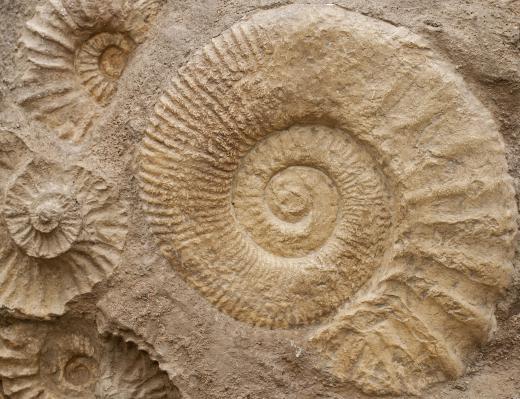What Was the Cambrian Explosion?
 Michael Anissimov
Michael Anissimov
The Cambrian explosion was a period of massive diversification and adaptation among early multicellular life, beginning around 542 million years ago and continuing for about a dozen million years, an eyeblink in evolutionary time. The period has been made famous by fossils found in the Burgess Shale, in the Canadian Rockies, whose strata were able to preserve specimens remarkably well, even those with soft body parts.
During the Cambrian explosion, all 35 basic body designs that underlie modern life evolved. As such, it was said about Darwin that "nothing distressed him more than the Cambrian explosion, the coincident appearance of almost all complex organic designs." If life was supposed to evolve incrementally, why did so many new phyla pop up at once?

In trying to explain why the Cambrian explosion happened when it did, scientists focus on three categories of explanation: extrinsic events such as global biochemical upheaval, intrinsic mechanisms such as the dawn of complex genomes, and intrinsic mechanisms such as the natural consequences of ecologies at the time. The Cambrian explosion began about 50 million years after the last of the great global glaciations, a length of time which may have been necessary to let complexity emerge.
Today, the Cambrian explosion does not look quite as shocking as it did when it was first discovered, although it is still arguably the most important evolutionary period in life's history. At first it was thought that the Pre-Cambrian era lacked almost any type of large, multicellular organisms, but the discovery of a class of life called the Ediacaran fauna proved otherwise. Most Ediacaran fauna was relatively simplistic and sponge-like, with soft bodies, but more research and fossil-hunting is needed before we can get a better look at the fossil record and compare it to that of the Cambrian.
Among the memorable organisms that flourished during the Cambrian explosion were Aysheaia pedunculata a soft-bodied, caterpillar-like species, Hallucigenia, a creature that looked like a twig with spines, many trilobites, and Anomalocaris, perhaps the first apex predator on Earth. The difficulty of classifying many of these organisms adds to the excitement surrounding the period.
AS FEATURED ON:
AS FEATURED ON:











Discussion Comments
The Cambrian Explosion may have distressed Darwin, but some creationists have embraced this period as evidence that life was intentionally created rather than evolved from lower life forms. Meanwhile, scientists can't even agree on how long the Cambrian explosion lasted, citing 5 million years at the low end and 40 million years at the upper.
Clearly, more research is necessary before we can say with certainly just what the Cambrian Explosion means in terms of the impact it had on life as we know and define it.
Post your comments